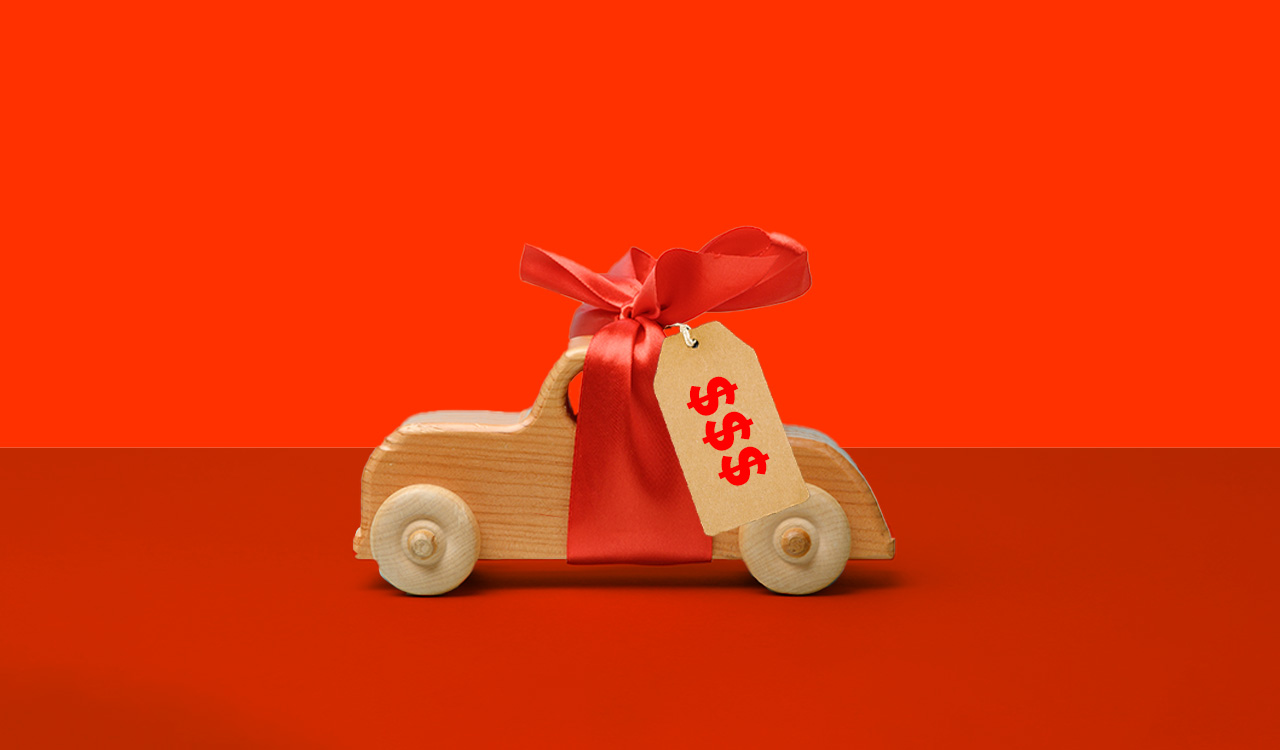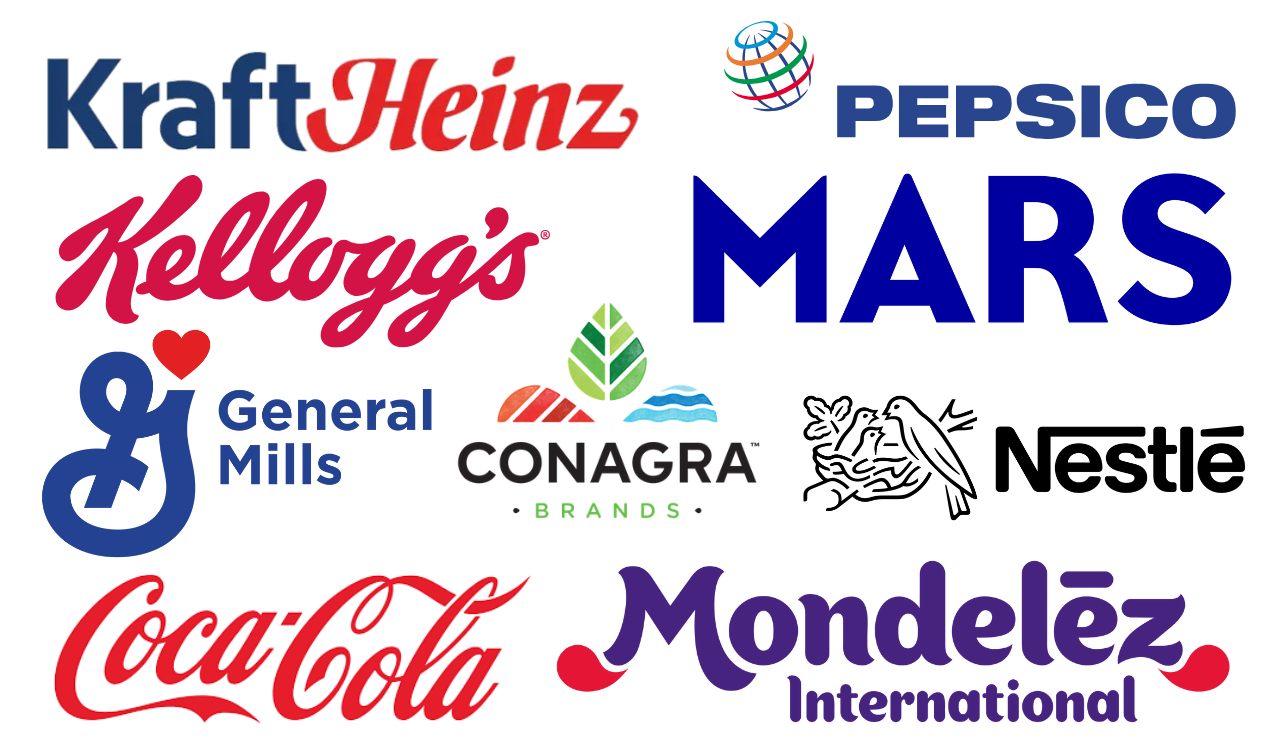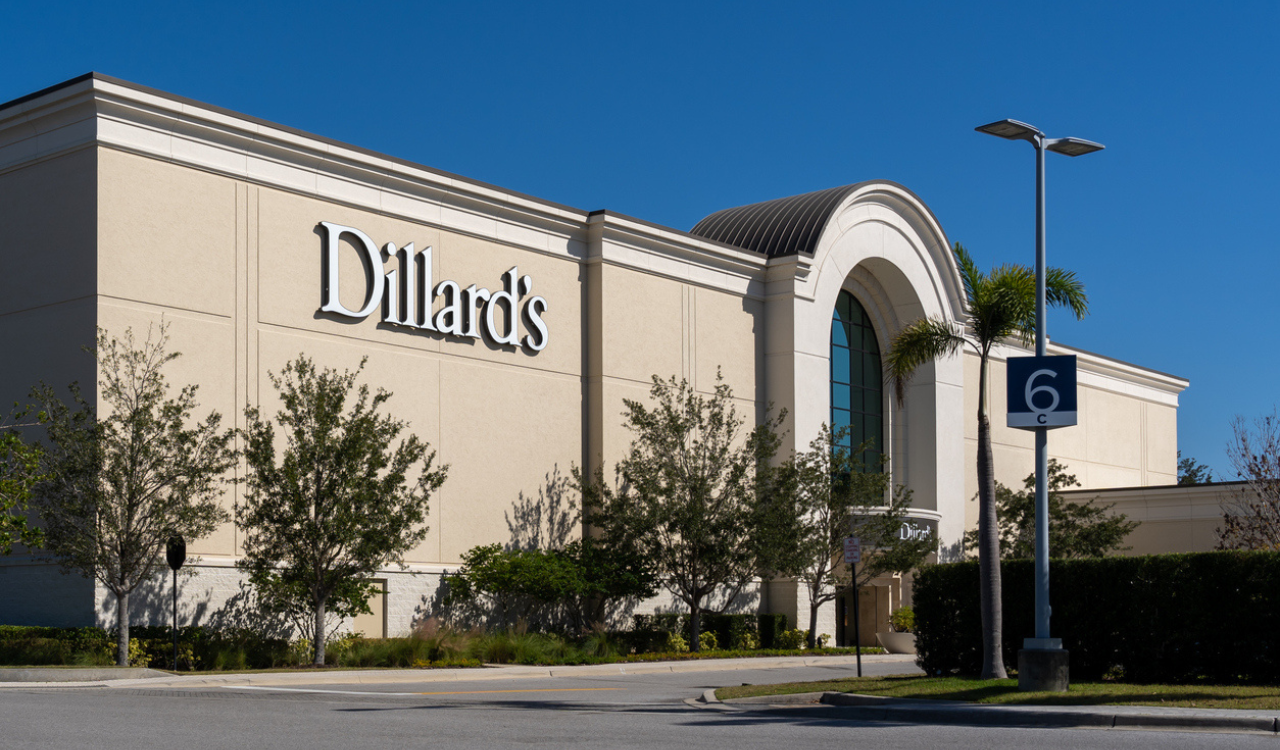The latest news that China and the U.S. have agreed to a 90-day ceasefire — albeit with tariff rates still substantially higher than before all of this started — has thrown the retail industry into yet another stage of panic as they scramble to see if they can get merchandise into stores (and consumer hands) for the holiday season. And if they can do it at tariff-impacted prices that may still be unacceptable to an increasingly shell-shocked shopper.
Mattel is saying to expect 20 percent increases in the cost of Barbie and some of its other toys. Proctor & Gamble is warning shoppers of single and even double-digit increases in Crest toothpaste and Tide detergent. Closer to the fashion and consumer products fields, companies aren’t tossing out percentages yet but on virtually every quarterly analyst call and financial report, they are saying their prices will go up.
American Retail Under Siege
From a near shutdown of the global supply chain to the start of ominous warnings of higher prices on everything from automobiles to Barbies, plus the looming shadow of a possible recession — or worse — the tariffs and the threat of tariffs are having a devastating impact on America.
While the biggest hit could come to retailers and suppliers in the holiday and seasonal sectors with huge shortfalls of goods on store shelves and under Christmas trees in December, there is so much more that is starting to go wrong. And it’s only the middle of May.
Ho-Ho-WTF?
I’d like to amplify my Robin Report colleague Ross O’Brien’s tariff dispatch from his Hong Kong headquarters. For many businesses, the Christmas selling season represents as much as a quarter of their overall sales and far more of their profits. There is no disputing it’s the most wondrous time of the year — for making money. So, the tariff story is playing out at absolutely the worst timing for these businesses, particularly in the retail sector.
Other than the giants like Walmart whose order sizes dictate working further in advance, retailers normally place their holiday seasonal orders sometime between January and early spring. The sequencing is that overseas factories — and as much as 90 percent of all holiday-related goods come from China — start to ramp up production right after they get back from the Lunar New Year’s break and continue through to about mid-summer. Again, specifics depend on the size of the order and the complexity of the manufacturing process.
Goods start leaving Asia in late April and early May, taking about a month to cross the Pacific and arrive at West Coast ports during the summer months. Then in another week or two they reach the East Coast. Next, the containers are sent to distribution centers for retailers, wholesalers and other distributors by rail and truck. Finally, those goods are trucked to local retailers, arriving in the fall to be put on store shelves and into online DCs’ fulfillment centers. (And note this process starts even sooner and moves faster for merchandise for back-to-school and Halloween selling seasons that are critical for many retailers.)
All of this happens just in time for consumers who begin to shop for the holidays from mid-October all the way through Christmas Eve. It’s a carefully choreographed dance timed to get everything where it belongs, not a minute too soon and absolutely not a minute too late. It seems crazily high-risk, but it works…until this year.
Doors Wide Shut
Now, with this latest twist of the tariff knife everyone throughout the supply chain needs to jumpstart the sourcing process. Factories in China that have been largely shut down in the absence of incoming orders from U.S. customers now have to reopen their manufacturing lines and get their workers — who were laid off and often sent back to their villages hundreds or even thousands of miles away — to come back to work.
In the meantime, ports in Shanghai and elsewhere in China are backed up with containers that aren’t being accepted by importers because up until now suppliers have been worried that deposits will be abandoned given the new cost structures. Shipping companies also haven’t been accepting these containers, freaked out that they will get stiffed.
The result on China’s side of the Pacific was that nothing — or virtually nothing — was moving and all those holiday goods that should be making their way through the pipeline are stuck at various chokeholds…or worse, haven’t even been manufactured yet. All of this now has to somehow get restarted at the same time that these giant logjams are relieved.
On this side of the Pacific, ports on both the East and West Coasts have similar issues of clearing out backlogs, bringing back workers and getting back up to speed. Same for the truckers, railroads and distribution centers that slowed down due to lack of traffic.
That choreography will be in slow dance motion for weeks if not months before the pace picks up. If you don’t believe that, you have a very short memory of Covid just a few years ago. And every day that has ticked away, distracted by political diatribes and delusions, is one less day to get this merchandise into stores on time. The big question: Is it already too late? Virginia, frankly it’s hard to say if there will be a Santa Claus this year.
Supply Chained
Let’s not forget the details of this latest trade deal…and based on previous Trumpian proclamations it may or may not be true. Remember that his headline-grabbing news that a deal with the U.K. seems to not be a deal at all, but rather a framework for a possible conversation for an agreement that could or could not happen. This administration is infamous for talking first and fast, grabbing attention and then eventually filling in the blanks…or not. Let’s not forget too how other trading partners will view this game of chicken where Trump blinked first.
And even if this new China deal is for real, there is still a 30 percent duty on everything coming out of the country. It’s even higher — maybe 55 percent — on anything made of steel, aluminum and other metals. That’s a lot of extra cost for importers to suck up.
A women’s top that was costing out at $14 and retailing for $29.99 will now be an $18 cost and needs to retail at $34.99 — and that’s on sale. A piece of furniture that previously cost $500 and sold in the U.S. for $999 will now cost $650 and will need to retail for $1299. A set of sheets that previously cost an importer $25 and retailed for $49.99 now will be $32.50 and need to retail for $65. A set of metal cookware that carried a $75 cost and retailed for $149.99 will now cost $116 and have to be retailed for $229.99. And these prices apply if the retailer cuts their margins.
And don’t forget this is a 90-day deal. What happens after that? What happens after the 90-day window closes for all the other tariffs from the rest of the world that are currently on hold? And to makes things even more complex, now what happens to Apple facing a 47 percent tariff applied to Vietnam after moving its manufacturing out of China when it faced 147 percent levies.
Paying the Price
If you’re a giant corporation like Ford or GM you’ve already said these tariffs are going to cost your company billions of dollars. And that’s just what they know so far. And if you’re a consumer, the cost to you will be with fewer zeroes but every bit as impactful relative to the size of your budget. Mattel is saying expect 20 percent increases in the cost of Barbie and some of its other toys. Proctor & Gamble is warning shoppers of single and even double-digit increases in Crest toothpaste and Tide detergent.
Closer to the fashion and consumer products fields, companies aren’t tossing out percentages yet but on virtually every quarterly analyst call and financial report, they are saying their prices will go up. Not if, but when. And a when that conceivably is about to start.
Left unsaid is the very real possibility that we are likely to fall into recessionary territory because of higher prices and lower demand, coupled with lower supply. This isn’t like the pandemic when the demand was high even if the supply wasn’t. This is worse. Much worse. And it’s passed the point of no return to prevent it.
Once more, it’s the uncertainty as much as the numbers that make running your business next to impossible. Sure, there’s a new set of rules in effect today — but for how long? What if this deal falls through because one side or the other changes their mind — or gets pissed off about something that the other guy said? This is not conjecture. This is real.
Correct that: this is unreal.





